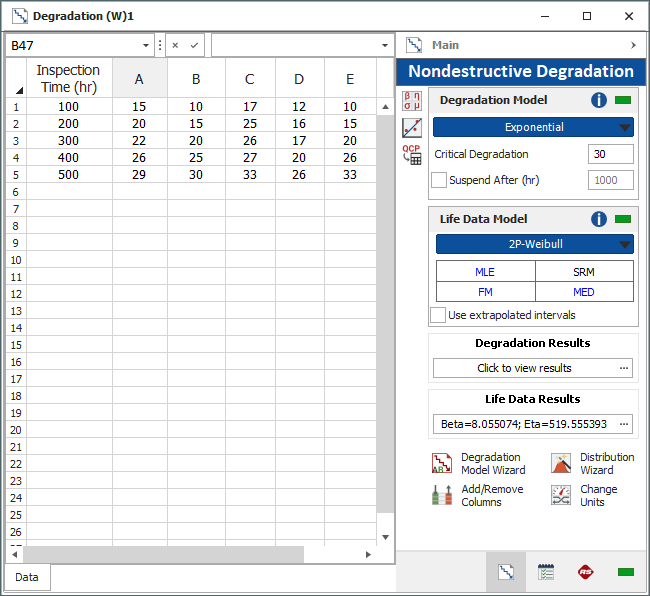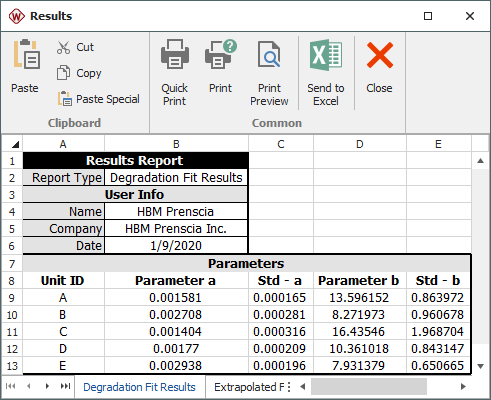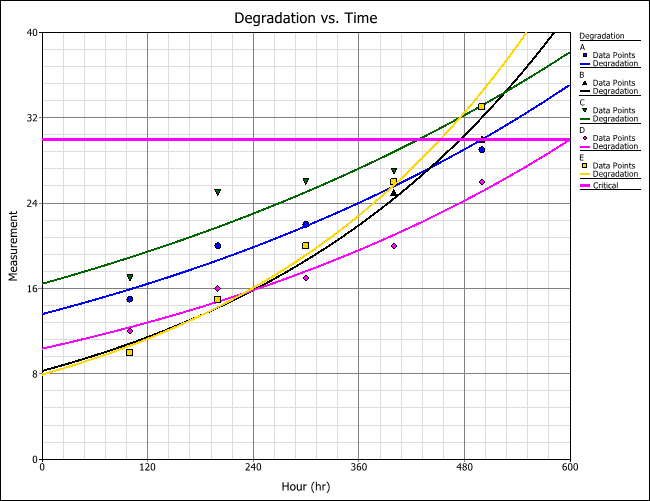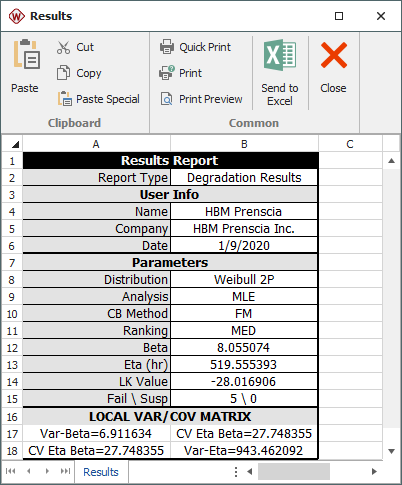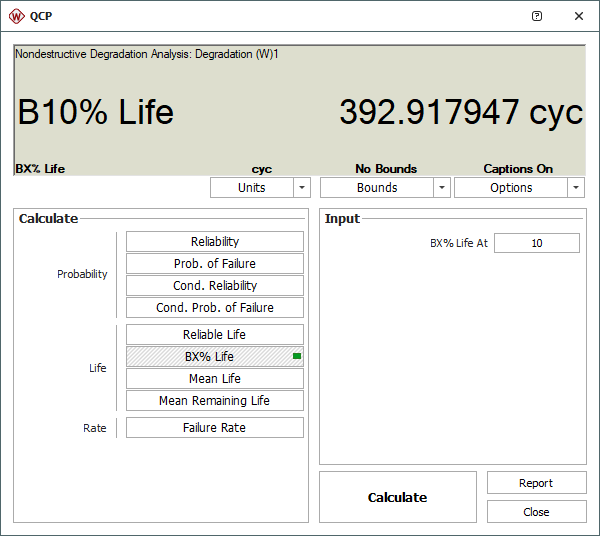

arrow_back_ios
See All Software See All Instrumente See All Aufnehmer See All Schwingungsprüfung See All Elektroakustisch See All Akustische End-of-Line-Testsysteme See All Events See All Akademie See All Anwendungen See All Industrien See All Kalibrierung See All Ingenieurdienstleistungen See All Unterstützen Main Menu
- Druckkalibrierung | Sensor | Messumformer
- Richtlinien zur Bestimmung von Kalibrierintervallen
- Kalibrierung oder Reparatur anfordern
- Kalibrierung und Verifizierung
- Vor-Ort-Kalibrierung (Deutschland)
- Kalibrierung von Schallpegelmessern
- Kalibrierung von Mikrofone und Vorverstärker
- Kalibrierung von Beschleunigungsmessern
- Kalibrierung von Schallpegelmessern (Deutschland)
- Kalibrierung von Analysegeräten
- Eichen von Schallpegelmesser (Österreich)
- Kalibrierung von Lärmdosimetern
- Kalibrierung von Schallkalibrator und Pistonphon
- Kalibrierung des Referenzgeräts
- Kalibrierung Plus Vertrag
arrow_back_ios
See All Durability See All Reliability See All Analyse Simulation See All DAQ See All API Treiber See All Dienstprogramm See All Vibrationskontrolle See All Kalibrierung See All DAQ See All Handheld See All Industriell See All Power Analyzer See All Signalaufbereiter See All Akustik See All Strom und Spannung See All Weg See All Kraft See All Wägezellen See All Mehrkomponenten See All Druck See All Dehnung See All Dehnungsmessstreifen See All Temperatur See All Neigen See All Drehmoment See All Vibration See All Zubehör See All Steuerungen See All Messerreger See All Modalerreger See All Leistungsverstärker See All Shaker Systeme See All Testlösungen See All Aktoren See All Verbrennungsmotoren See All Betriebsfestigkeit See All eDrive See All Sensoren für Produktionstests See All Getriebe See All Turbolader See All Schulungskurse See All Akustik See All Anlagen- und Prozessüberwachung See All Elektrische Energie See All Kundenspezifische Sensoren See All NVH See All Smarte Sensoren See All Schwingbelastung See All Strukturelle Integrität See All Automobil & Bodentransport See All Druckkalibrierung | Sensor | Messumformer See All Kalibrierung oder Reparatur anfordern See All Kalibrierung und Verifizierung See All Kalibrierung Plus Vertrag See All Brüel & Kjær Support Main Menu
- Weibull++ - NEW TEST (DE)
- Weibull++ - NEW TEST (DE)
- BlockSim - New Test (DE)
- BlockSim - New Test (DE)
- XFRACAS - New Test (DE)
- XFMEA - New Test (DE)
- XFMEA - New Test (DE)
- RCM++ - New Test (DE)
- RCM++ - New Test (DE)
- SEP - New Test (DE)
- SEP - New Test (DE)
- Lambda Predict - New Test (DE)
- Lambda Predict - New Test (DE)
- Weibull++ - Accelerated Life Testing Module - New Test (DE)
- Weibull++ - Reliability Growth Module - New Test (DE)
- BlockSim - Event Analysis Module - New Test (DE)
- MPC - New Test (DE)
- Prüfungen von Schaltanlagen
- Hochspannung
- Erprobung von Antriebssträngen
- Batterieprüfung
- Elektrische Maschinenprüfung | Powertrain Testing | HBM
- Einführung in die Messung elektrischer Leistung bei transienten Vorgängen
- Transformator-Ersatzschaltbild | HBM
- Aktuelle Nulltests
- Netzprüfung | Schaltanlagenprüfung | Lösungen | HBM
- Tests im Antriebsstrang
- Schaltgeräte-Tests
arrow_back_ios
See All Aqira See All nCode Viewer (DE) See All Weibull++ - NEW TEST (DE) See All Weibull++ - NEW TEST (DE) See All BlockSim - New Test (DE) See All BlockSim - New Test (DE) See All XFRACAS - New Test (DE) See All XFMEA - New Test (DE) See All XFMEA - New Test (DE) See All RCM++ - New Test (DE) See All RCM++ - New Test (DE) See All SEP - New Test (DE) See All SEP - New Test (DE) See All Lambda Predict - New Test (DE) See All Lambda Predict - New Test (DE) See All MPC - New Test (DE) See All nCode - Durability and Fatigue Analysis See All ReliaSoft - Reliability Analysis and Management See All API See All Elektroakustik See All Umgebungslärm See All Identifizierung der Lärmquelle See All Produkt-Lärm See All Schallleistung und Schalldruck See All Vorbeifahrgeräusche See All Strukturüberwachung See All Produktionsprüfung und Qualitätssicherung See All Maschinenanalyse und -diagnose See All Strukturüberwachung See All Batterieprüfung See All Einführung in die Messung elektrischer Leistung bei transienten Vorgängen See All Transformator-Ersatzschaltbild | HBM See All Strukturelle Dynamik See All Prüfung der Materialeigenschaften See All Sicherstellung der strukturellen Integrität von Leichtbaustrukturen See All Elektrifizierung von Fahrzeugen See All Seiten, die nicht migriert wurden See All Software-Lizenzverwaltung Main Menu
- Akustische Holografie
- Akustische Entfernungsmessung unter Wasser
- Akustische Tests im Windkanal - Luft- und Raumfahrt
- Windkanaltests für Autos
- Beamforming
- Fragen
- Identifizierung der Lärmquelle eines Überflugs
- Echtzeit-Identifizierung der Geräuschquelle mit akustischer Kamera
- Schallintensitätskartierung
- Sphärische Strahlformung
- Eisenbahn-Monitoring
- Tunnelüberwachung mit Faser-Bragg-Sensoren
- Monitoring-Lösungen für zivile Infrastrukturen
- Überwachungslösungen für Windturbinen
- Überwachungslösungen für die Öl- und Gasindustrie
- Überwachungslösungen für Eisenbahnen
- Überwachungslösungen für den Tiefbau
- Verfügbare Monitoring Services
- Fundamentüberwachung mit Dehnungsmessstreifen
- Tunnel-Monitoring mit optischen Sensoren
- Monitoring-Lösungen für zivile Infrastrukturen
- Überwachungslösungen für Windturbinen
- Überwachungslösungen für die Öl- und Gasindustrie
- Überwachungslösungen für den Schienenverkehr
- Überwachungslösungen für das Bauwesen
- Verfügbare Monitoring-Services
- Fundamentüberwachung mit Dehnungsmessstreifen
- Elektrifizierung - Statistische Aspekte und Zuverlässigkeit (NEU)
- Elektrifizierung - Elektrische und signalverarbeitende Aspekte (NEU)
- Elektrifizierung — Mechanische und Haltbarkeitsaspekte (NEU)
- Elektrifizierung (NEU) - Auslegung und Prüfung der Lebensdauer von Strukturen für Elektrofahrzeuge
- "Elektrifizierung (NEU) - Elektrifizierung: Gewährleistung der Betriebsfestigkeit, Zuverlässigkeit und Leistung von Elektrofahrzeugen"
- Elektrifizierung (NEU) - Elektrische und Signal Nachbearbeitungstechniken für die Wechselstromanalyse in Elektrofahrzeugen
- Elektrifizierung (NEU) - Anwendung statistischer und Zuverlässigkeitstechniken zur Bestimmung der Batterielebensdauer in Elektrofahrzeugen

